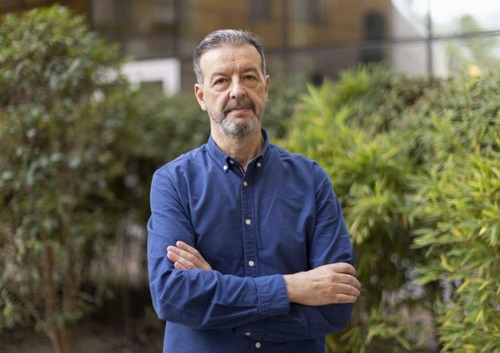STAb-T Therapy Offers Hope for T-ALL Patients

Researchers at the H12O-CNIO Cancer Immunotherapy Clinical Research Unit and the Josep Carreras Leukemia Research Institute in Barcelona have developed a groundbreaking treatment called STAb-T therapy. This innovative approach provides new hope for patients with T-cell acute lymphoblastic leukemia (T-ALL), particularly those who have not responded to conventional treatments like chemotherapy or bone marrow transplantation
Revolutionizing T-ALL Treatment
STAb-T therapy builds on the success of CAR-T therapies but takes a step further by modifying patients’ T cells to produce bispecific antibodies. These antibodies can simultaneously target tumor cells and healthy T cells, creating a bridge that destroys cancer cells while sparing healthy ones. This method is safer and more effective, especially for patients with reduced numbers of healthy T lymphocytes
Expanding the Scope of Immunotherapy
T-ALL, which accounts for 10-15% of acute leukemias in children and 20-25% in adults, affects about 100 people annually in Spain. While initial laboratory results show high efficacy, researchers are now working to transition this therapy to clinical trials. Additionally, STAb-T therapy holds promise for treating various other cancer types
A Step Toward Personalized Medicine
Dr. Luis Álvarez-Vallina, co-author of the study, emphasized that STAb-T therapy reflects the future of personalized cancer treatments, offering tailored solutions for patients who lack alternatives. This development marks a significant step in expanding access to immunotherapy, addressing gaps in current cancer treatment options
Promising Future
The study, published in the Journal for Immunotherapy of Cancer, highlights the collaborative efforts of leading researchers. With its potential to transform cancer immunotherapy, STAb-T therapy represents a promising leap forward, offering new hope to patients with limited options. Further research and clinical trials will confirm its effectiveness in real-world applications and its versatility in oncology
.png)

_1.png)

comment